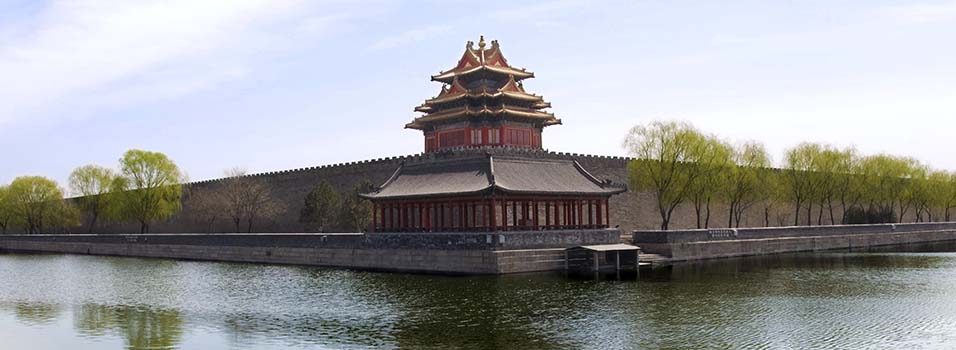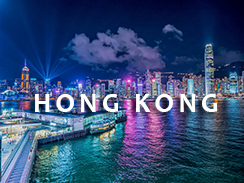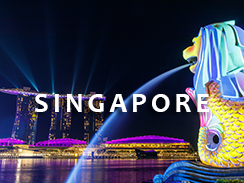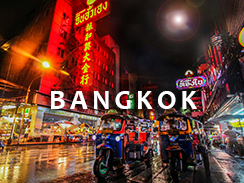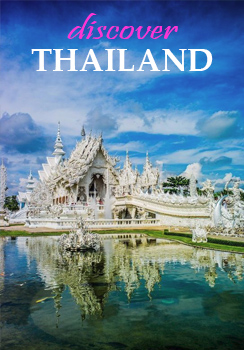Travel: The Mysteries of China's Forbidden City
China's Forbidden City is a place of beauty, enchantment, and mystery. Once reserved solely for the Chinese royal family, this iconic site now serves as a museum, drawing swarms of tourists. But in its past, the city was strictly off-limits to all but the emperor and his court, and anyone who dared enter without permission faced severe punishment.
A Seat of Power
Known as Gu Gong in Mandarin, the Purple Forbidden City was the center of Chinese political power for over 600 years. It served as the imperial palace for 24 emperors of the Ming and Qing dynasties. The design and layout of the Forbidden City reflect a profound connection to ancient Chinese cosmology, with the emperor believed to be the center of the universe. The Forbidden City’s position at the heart of Beijing is thought to symbolize the emperor's status as the earthly counterpart to the North Star.
Professor Jeffrey Riegel from the University of Sydney, in a 2018 BBC/History Channel documentary, explained that the entire palace complex is built along a central axis representing the "axis of the world," with every direction stemming from this central point.
The Magnificent Construction
The construction of the Forbidden City began in 1406 under the reign of the Yongle emperor of the Ming Dynasty, and it took over a million workers to complete the monumental structure. The palace spans an impressive 178 acres, making it one of the largest palace complexes in the world. The building materials were as exotic as the design itself, with marble, bricks, and rare wood from Phoebe zhennan trees being transported to Beijing for the construction.
Secret Tunnels and Hidden Spots
The Forbidden City was designed with the emperor’s safety in mind. It had secret tunnels and hidden rooms to protect the royal family from potential assassins or enemies. Guards were posted at every corner of the palace, maintaining a vigilant watch.
The Imperial Garden
At the north end of the Forbidden City lies the Imperial Garden, a stunning green space where the imperial family would relax, meditate, or even play chess. The garden features rare flowers, plants, and over 160 ancient trees, including Cypresses and Chinese wisteria. The pavements are decorated with pebbles arranged in over 900 unique patterns.
The Three Great Halls
The Forbidden City houses three great halls that showcase its grandeur:
-
Hall of Supreme Harmony: Built in the 15th century and restored in the 17th century, this hall hosted the most important ceremonies, such as coronations, military nominations, and the emperor’s birthday celebrations.
-
Hall of Middle Harmony: Known as the emperor’s "transit lounge," this hall was where the emperor would meet with ministers and rehearse speeches. Two Qing dynasty sedan chairs are on display here.
-
Hall of Preserving Harmony: This hall was used for banquets and features a 250-tonne marble imperial carriageway, intricately adorned with dragons and clouds.
The Last Emperor’s Residence
After the fall of the imperial dynasty in 1912, the last emperor of China, Puyi, continued to live in the Forbidden City for twelve years. Today, the Forbidden City is a museum, home to an extensive collection of ancient Chinese artifacts and a symbol of China's imperial past.
Cultural Significance
The Forbidden City also gained international recognition in popular culture, particularly through the 1987 movie The Last Emperor, which was filmed within its walls. The film won nine Academy Awards, including Best Picture and Best Director. For those planning a visit, watching this film is highly recommended to appreciate the historical significance of the Forbidden City.
In summary, the Forbidden City remains a symbol of China’s imperial history, combining architectural marvels with cultural and astronomical significance. It continues to fascinate travelers with its mystery, beauty, and rich history.

